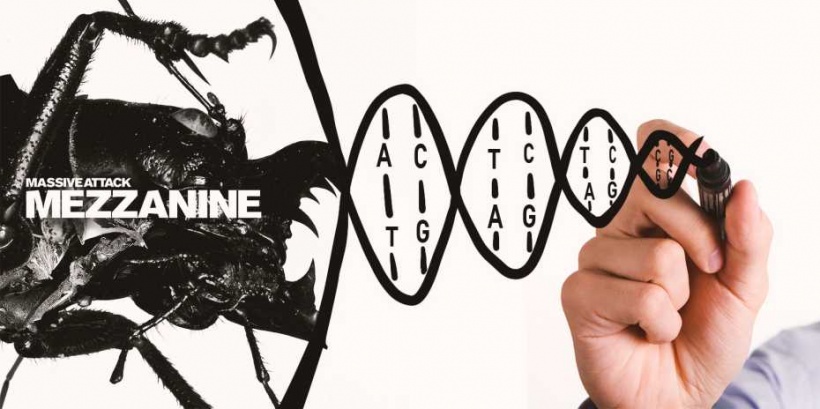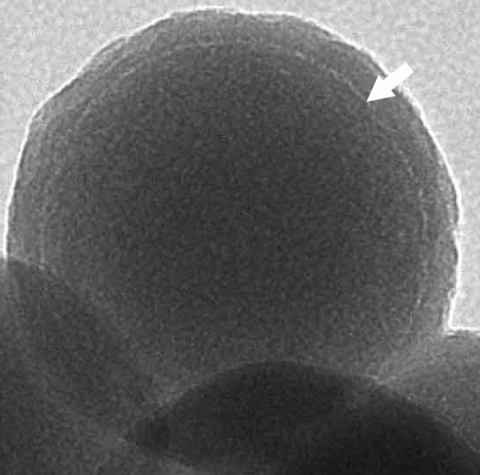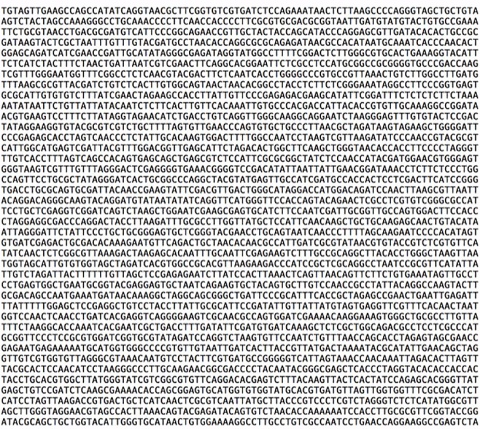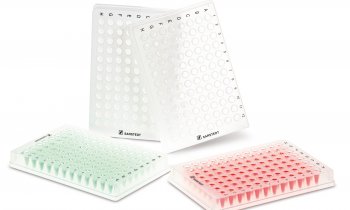
News • Music for life
Massive Attack to last forever – in DNA form
The digital audio of an entire music album is to be stored in the form of genetic information for the first time, using technology developed at ETH Zurich.
Coded in DNA molecules and poured into tiny glass beads, an album by Massive Attack will be preserved – practically for eternity. The British band Massive Attack are considered pioneers of trip hop, an atmospheric style of electronic music featuring laid-back beats. It’s now been 20 years since the release of Mezzanine, the album which marked their international breakthrough and remains their most successful project to date. To mark the album’s 20th anniversary, the band are having it stored in DNA molecules – using technology developed at ETH Zurich. “This method allows us to archive the music for hundreds to thousands of years,” says Robert Grass, professor at ETH Zurich’s Functional Materials Laboratory. By way of comparison: CDs are said to last around 30 years.
Translating from digital to DNA
Grass and his colleague Reinhard Heckel, a former ETH scientist now at Rice University, translated the album’s digital audio into genetic code. “While the information stored on a CD or hard disk is a sequence of zeros and ones, biology stores genetic information in a sequence of the four building blocks of DNA: A, C, G and T,” explains Grass.

In order to keep data volumes manageable, Grass and his colleagues worked on the project using a music file which he had compressed to 15 megabytes using the Opus coding format. Opus is a compression software for audio data that is qualitatively superior to the well-known MP3. A US company is now in the process of producing 920,000 short DNA strands, which taken together contain all of Mezzanine’s information. TurboBeads, a Zurich-based ETH spin-off, will then pour these molecules into 5,000 tiny (nanometre-sized) glass spheres, each of which contains part of the information. Grass expects the project to be complete in a month or two.
Second-largest file stored in DNA

Grass and Heckel developed this technology at ETH Zurich three years ago, ultimately storing the text of the Swiss Federal Charter of 1291 in one of these small glass spheres for a technical feasibility study. “What is new about the project with Massive Attack is that this technology is now also being used commercially,” says Grass. The 15-megabyte music album is the second-largest file ever stored in DNA. Microsoft reported a few months ago that it had stored a collection of files totalling more than 200 megabytes, the only known DNA storage project that is bigger.
The 5,000 glass beads of the Massive Attack album are invisible to the naked eye. They will be stored in a tiny bottle of water, with a practically eternal shelf life. The DNA can be removed from the glass beads at any time, allowing the use of DNA sequencing to read the stored music file and play it back on a computer. “Compared to traditional data-storage systems, it is quite complex and expensive to store information on DNA," says Grass. "However, once information is stored on DNA, we can make millions of copies quickly and cost-effectively with minimal effort.”
Source: ETH Zürich
24.04.2018











